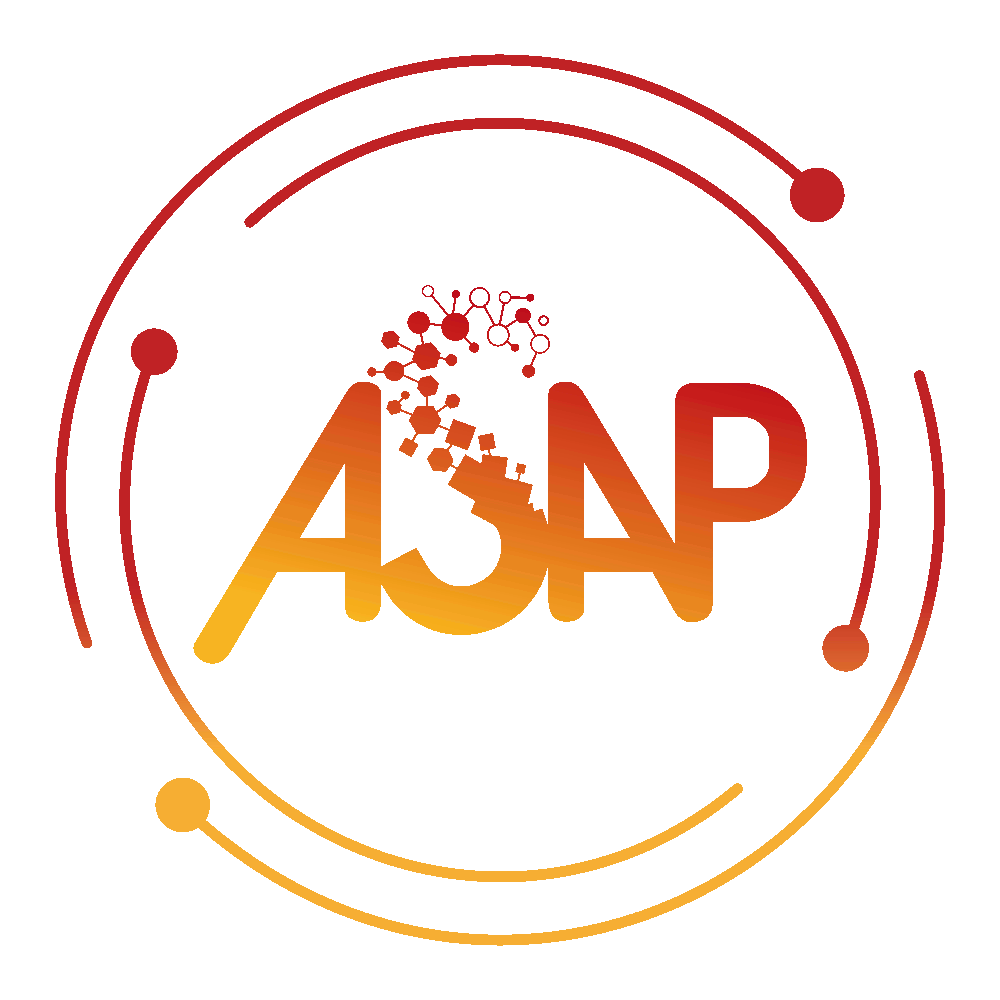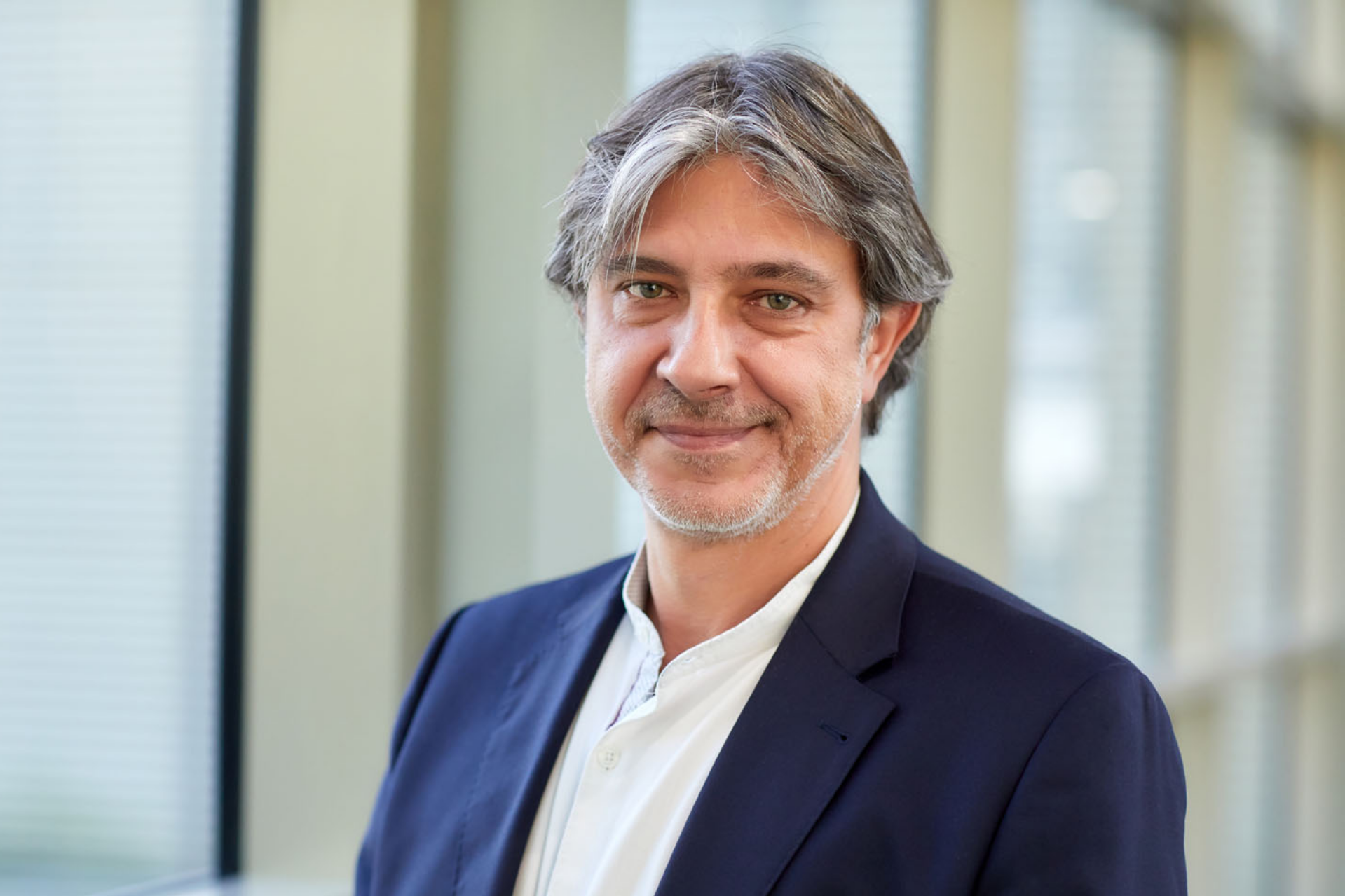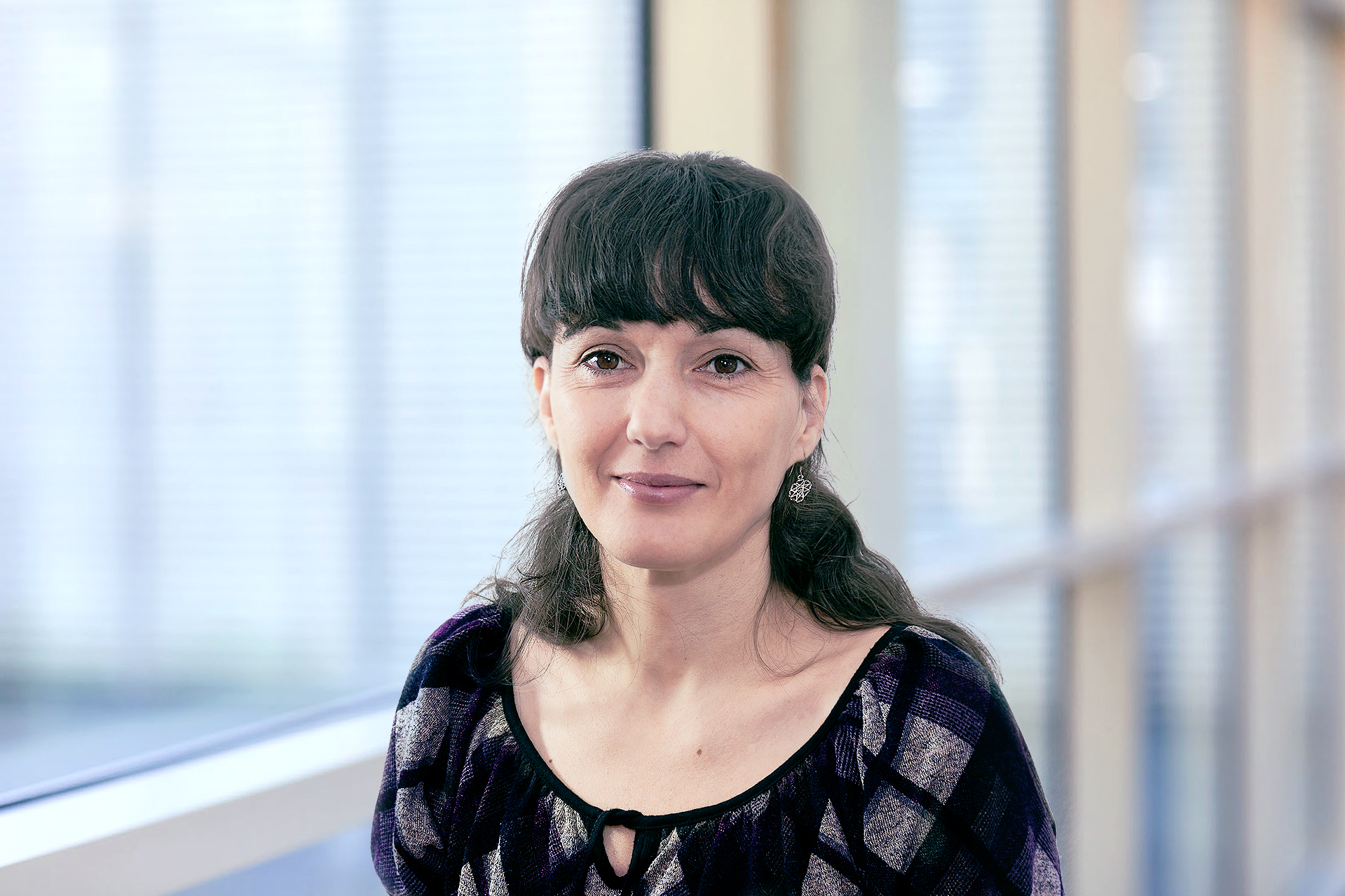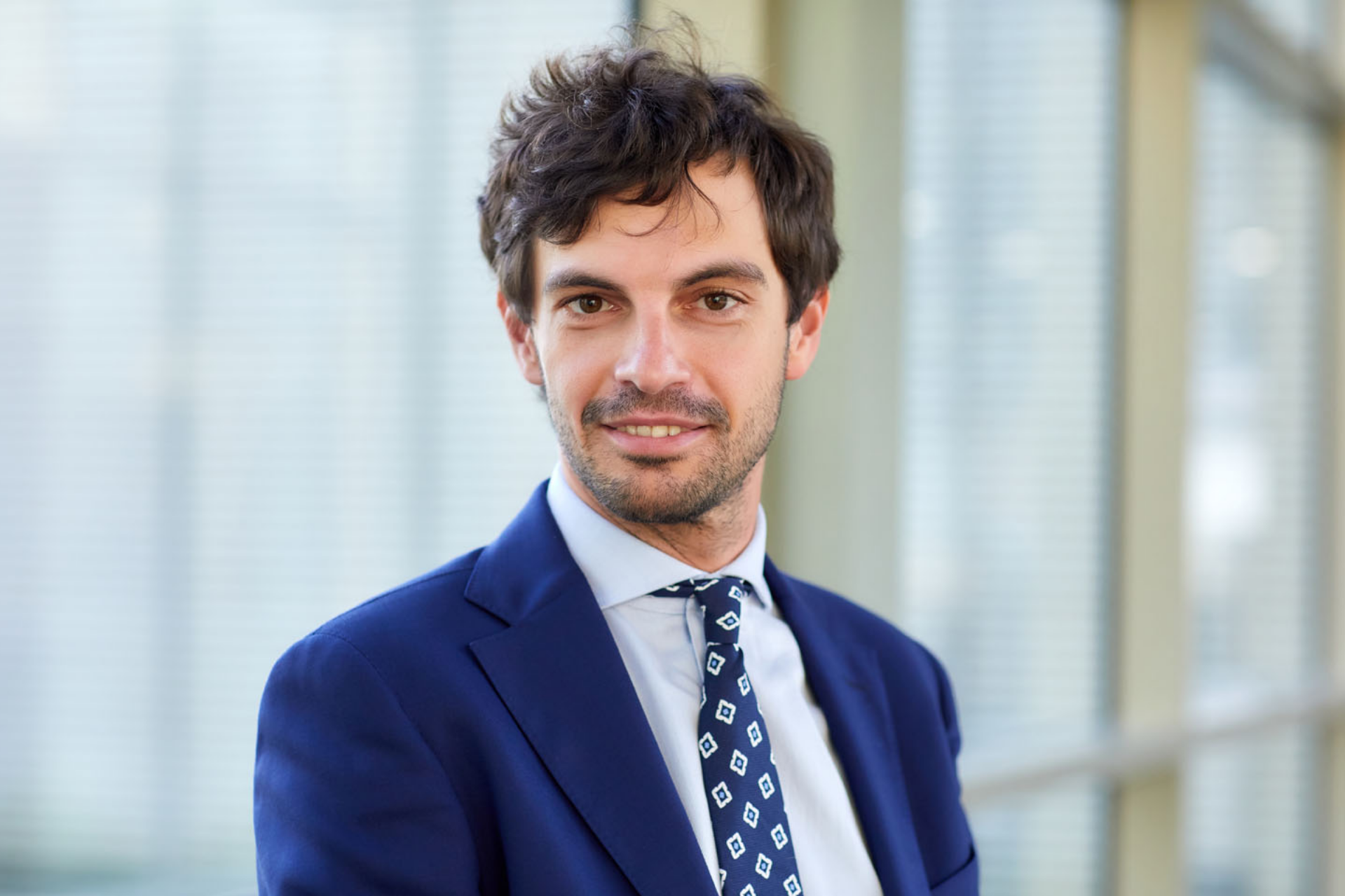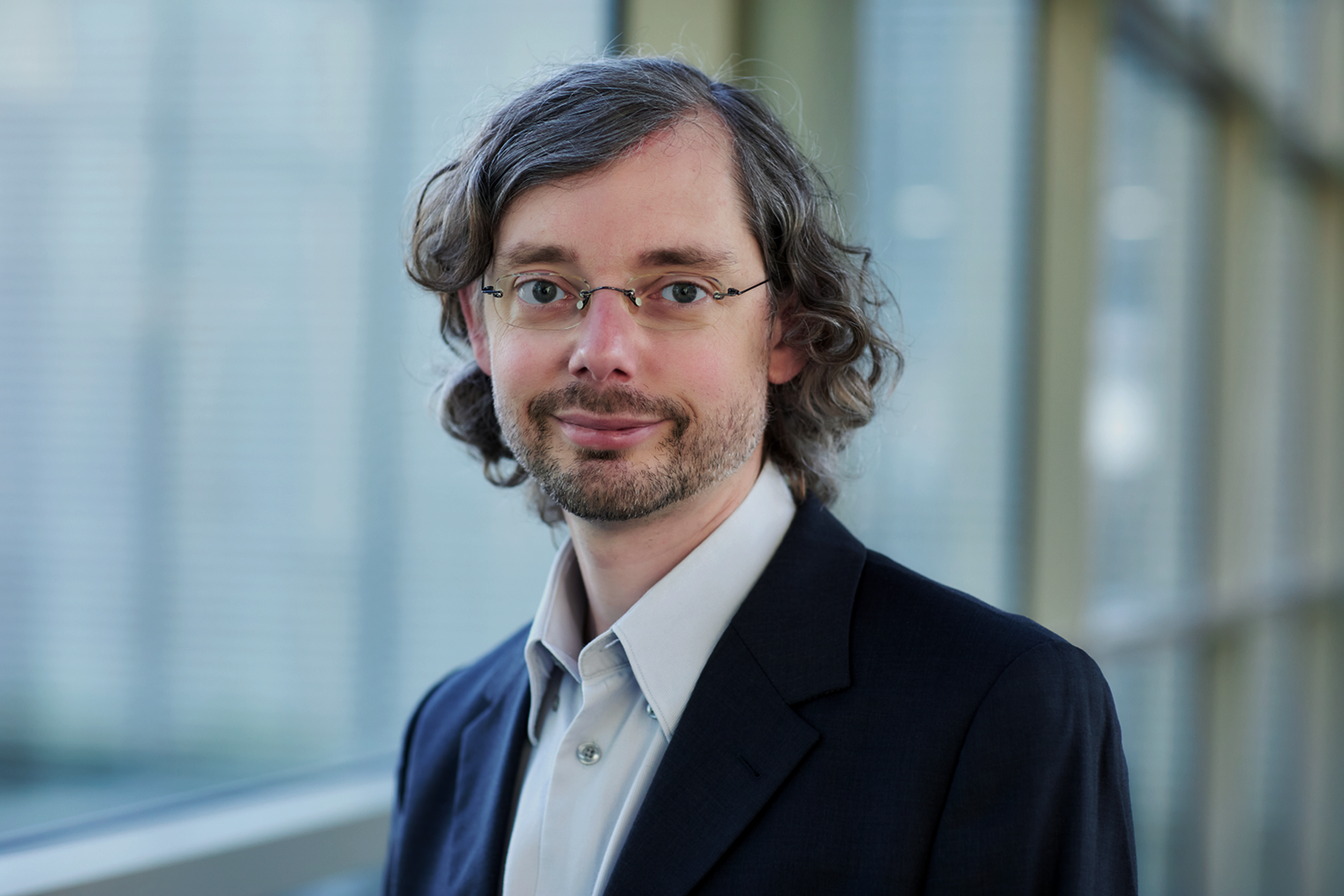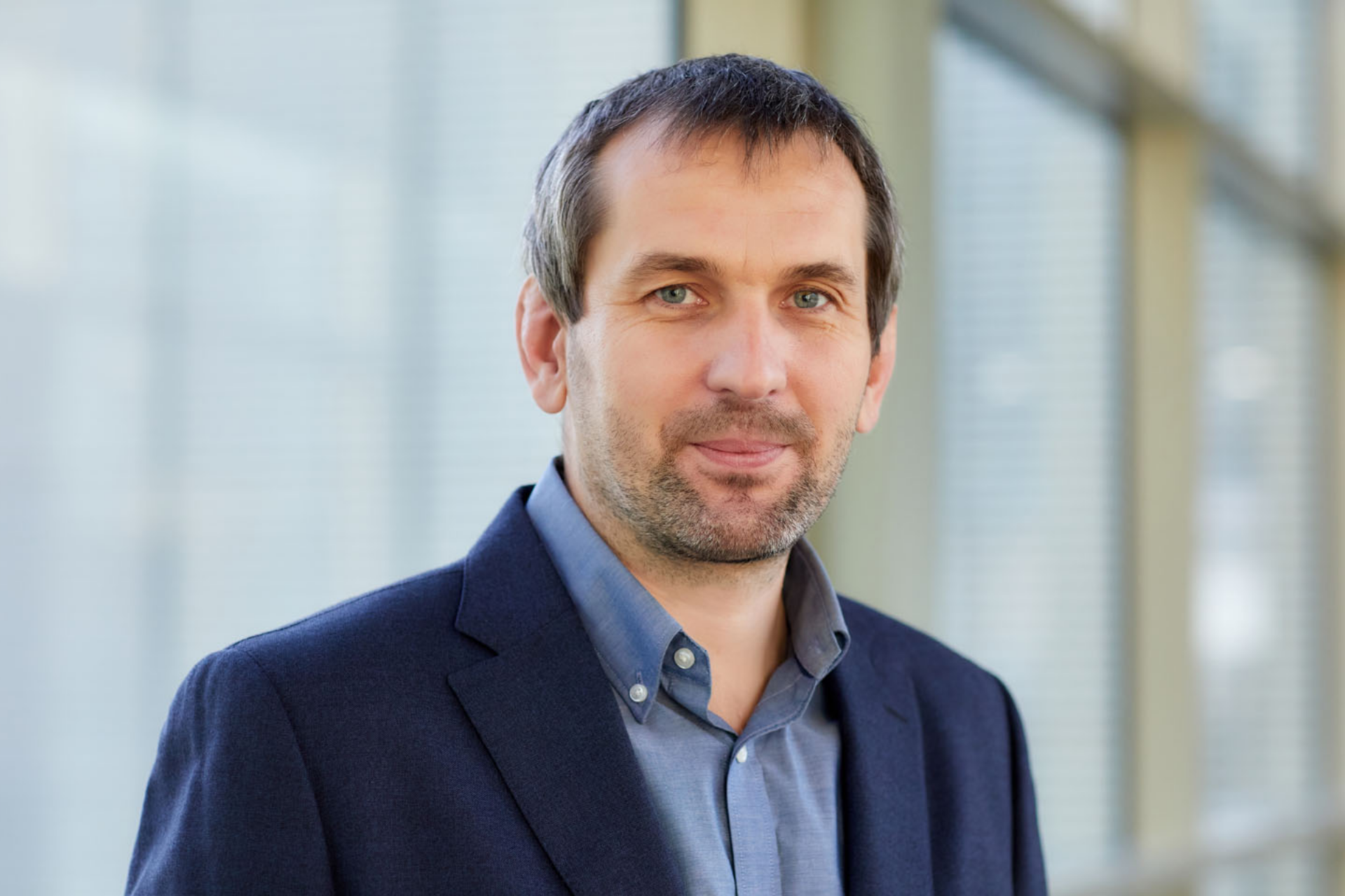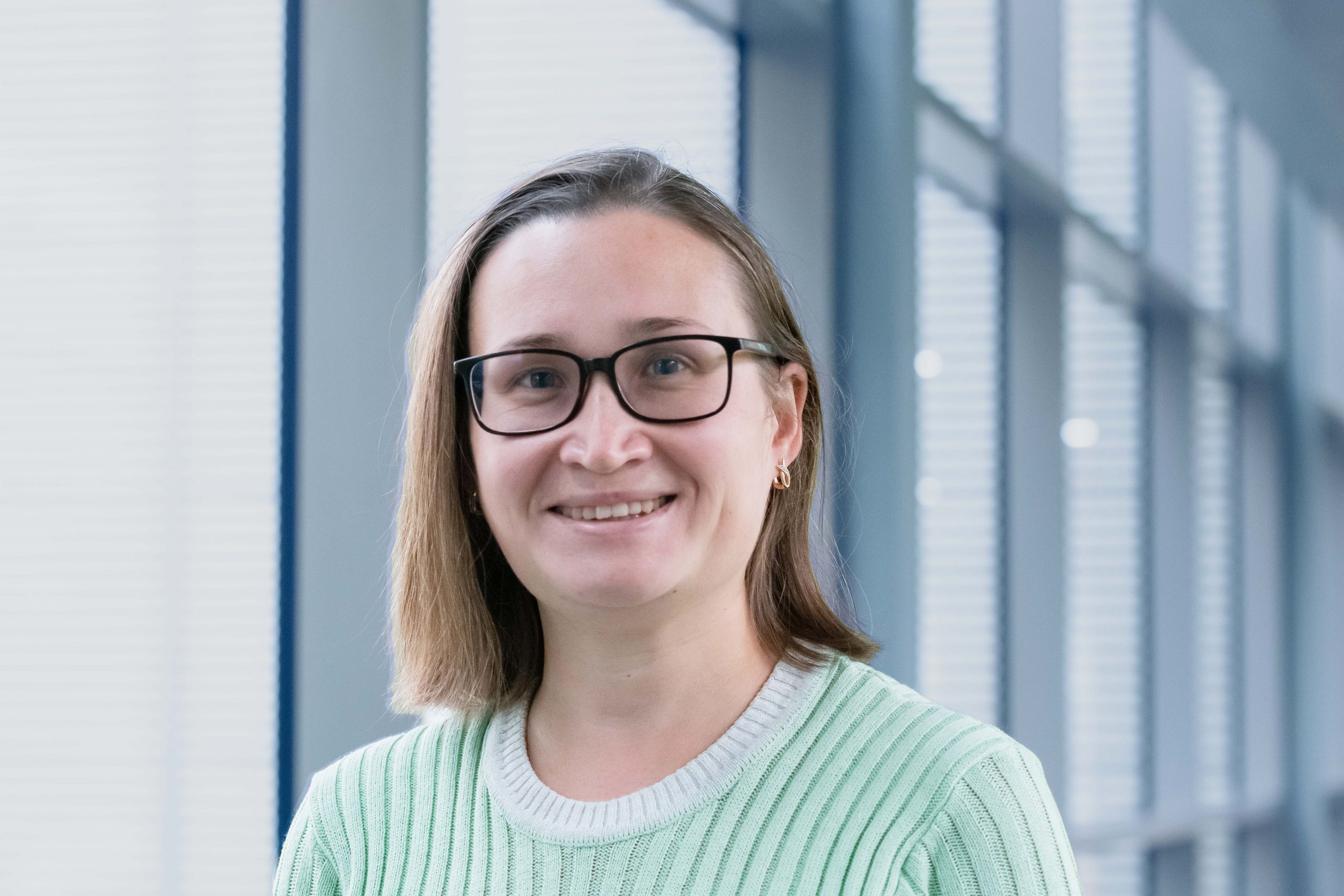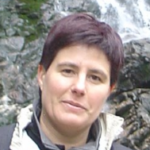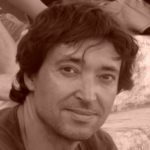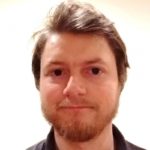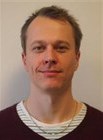About us
Who we are
SIMUNE is a software manufacturing company producing scientific software solutions based on quantum mechanical and atomistic approaches.
SIMUNE was launched in 2014 as a joint venture of a group of world-known scientific experts and the Nanoscience Cooperative Research Center CIC nanoGUNE (www.nanogune.eu).
What we do
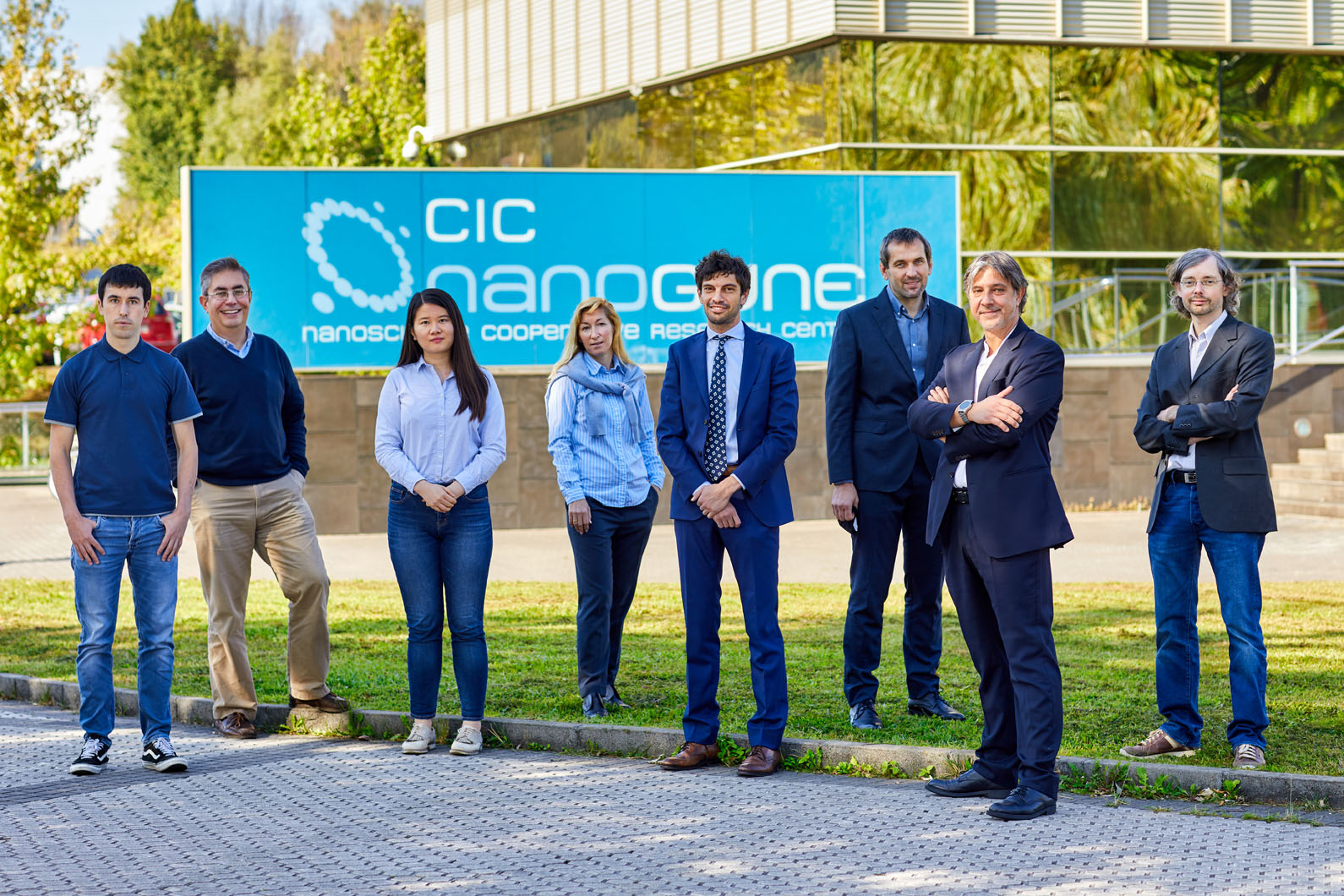
SIMUNE produces unique software solutions implementing the latest scientific achievements and code it for simplified use in industrial applications.
Since 2016 SIMUNE has been offering solutions to semiconductor, automotive, chemical, green energy industries.
SIMUNE has a close collaboration with the academic community adopting the latest scientific achievements for commercial software products.
SIMUNE secures the longevity of open-source codes conceived in academic environment and provides professional support to industry.
Distributors
ASAP distributors over the world.
Our Partners
Over time SIMUNE has established partnerships with many industrial and academic institutions.
Research & Training
SIMUNE is involved in a number of National and EU-funded projects.
Publications
- F. Marchesin, P. Koval,Y. Pouillon, I. Lebedeva, A. García, M. García-Mota, A. Kimmel “Atomistic Simulation Advanced Platform (ASAP) for materials modelling with ab initio methods”, Psi-k conference 2022, Lausanne (Switzerland), abstract book.
- J.-X. You, P. Koval, M. García-Mota, A. Kimmel, Z.Zanolli, P. Ordejon “Enhancing topological properties in TMDs by adsorbed
magnetic species”, Psi-k conference 2022, Lausanne (Switzerland), abstract book. - Micael J. T. Oliveira et al. “The CECAM electronic structure library and the modular software development paradigm”, The Journal of Chemical Physics 153, 024117 (2020) https://doi.org/10.1063/5.0012901.
- Alberto García et al. “Siesta: Recent developments and applications”, The Journal of Chemical Physics 152, 204108 (2020) https://doi.org/10.1063/5.0005077.
- Peter Koval, Mathias Per Ljungberg, Moritz Müller and Daniel Sánchez-Portal “Toward Efficient GW Calculations Using Numerical Atomic Orbitals: Benchmarking and Application to Molecular Dynamics Simulations”, Journal of Chemical Theory and Computation 15, 8 (2019), https://doi.org/10.1021/acs.jctc.9b00436.
- Peter Koval, Marc Barbry and DanielSánchez-Portal “PySCF-NAO: An efficient and flexible implementation of linear response time-dependent density functional theory with numerical atomic orbitals”, Computer Physics Communications 236, 0010-4655 (2019), https://doi.org/10.1016/j.cpc.2018.08.004.
The Team
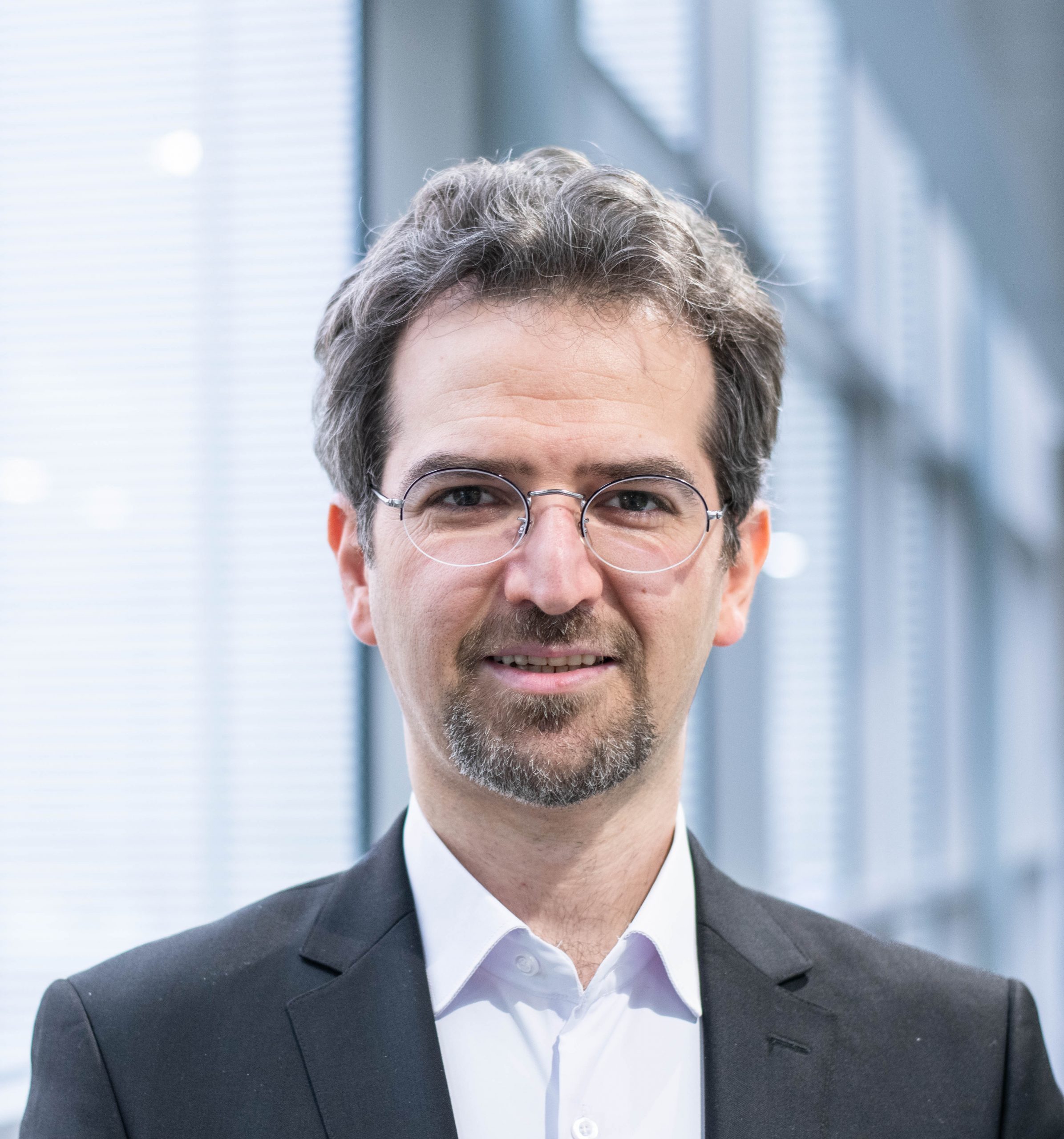
Collaborators

m.ingawale@simune.eu
Board of Experts
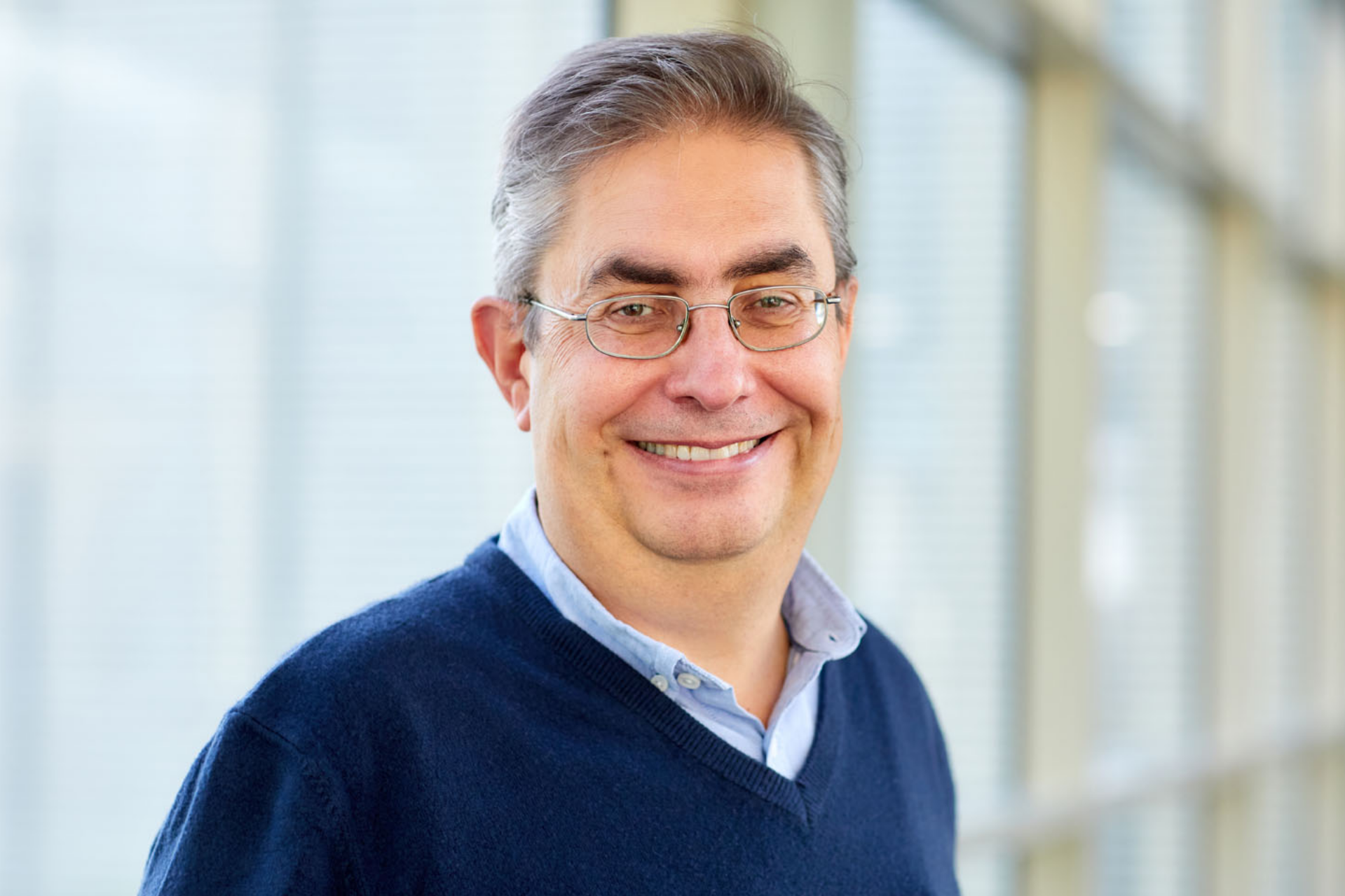
Prof. Emilio Artacho
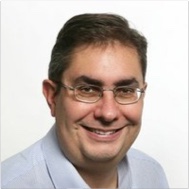
Head of the Theory group at nanoGUNE and Professor of Theoretical Mineral Physics at the Cavendish Laboratory of the University of Cambridge
Phd in Physics in 1990 at the Autonomous University of Madrid, Fullbright fellow at the University of California, Berkeley, and Alexander-von-Humboldt fellow at the Max Plank Institute for Solid State Research. In 1993, he became Assistant Professor at the Atonomous University of Madrid, where he was tenured by the end of 1995. In 1999, he was Visiting Professor at the Ecole Normale Superiere of Lyon.
In 2001, Emilio Artacho was appointed Lecturer at the Earth Sciences Department of the University of Cambridge (Department of Earch Sciences). He became Reader in Condensed Matter Simulations in October 2002, and Professor of Theoretical Mineral Physics in October 2006. In 2007, he was Visiting Miller Professor at the University of California, Berkeley, hosted by the Department of Chemistry. In 2011, his Cambridge professorship was transferred from the Earth Sciences Department to the Cavendished Laboratory and he was also appointed Ikerbasque Research Professor at nanoGUNE.
Emilio’s research interests include computational and theoretical condensed matter physics, and the computer simulation of solids and liquids from first principles. He is currently focused on three main lines of research: Oxide heterostructures including multiferroics, liquid water and water/solid interfaces, and non-adiabatic processes related to the radiation damage of materials.
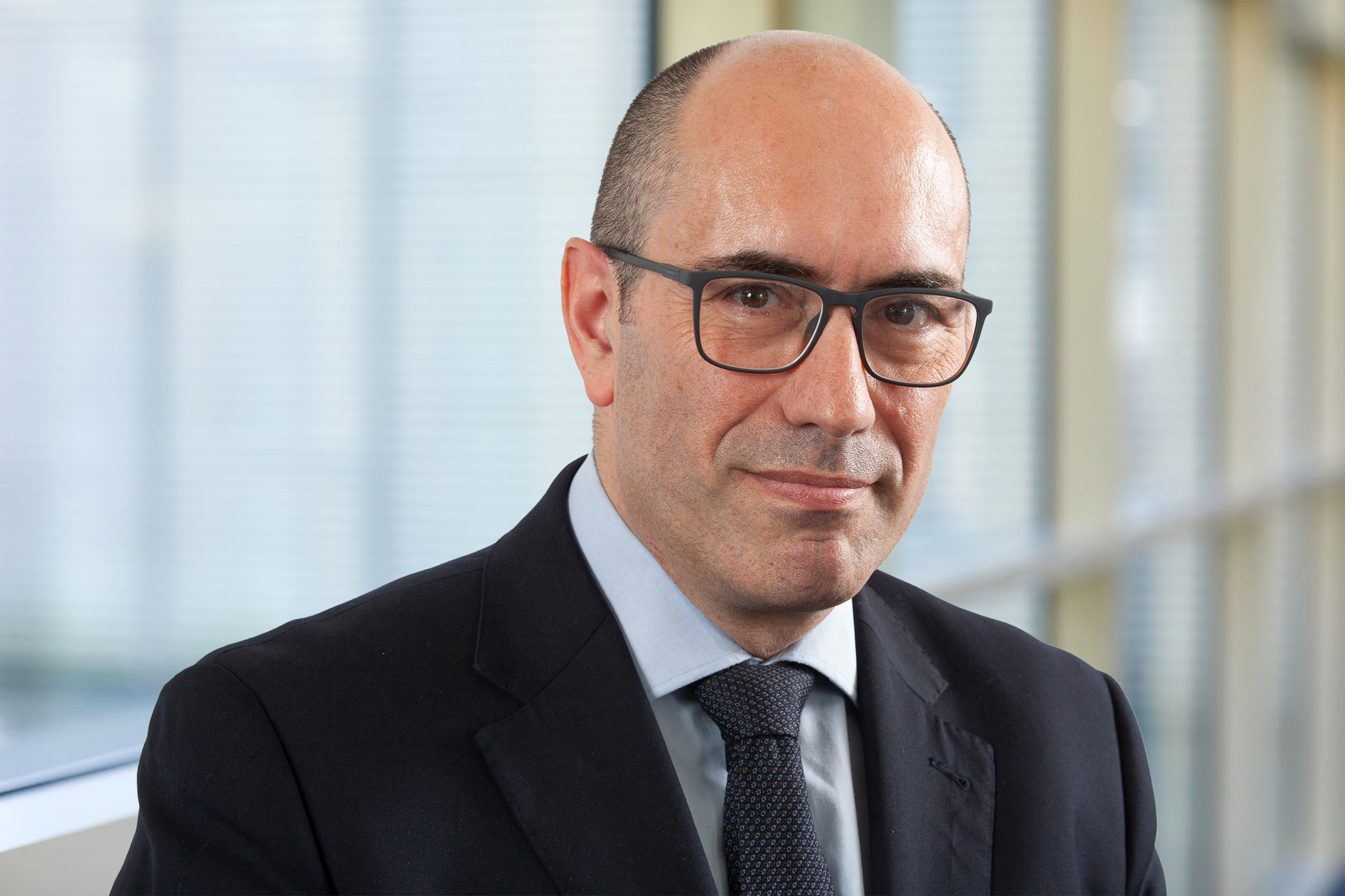
Prof. Pablo Ordejón

Director of the Institut Catalá de Nanociència I Nanotecnologia (ICN2) and Head of the Theory and Simulation Group
PhD in Physics in 1992 at the Autonomous University of Madrid and post-doctoral fellow (1992-1995) at the University of Illinois in Urbana-Champaign (USA). In 1995, he became Assistant Professor at the University of Oviedo. In 1999, he obtained a tenured position at the Institut de Ciència de Materials of Barcelona of the CSIC (Consejo Superior de Investigaciones Científicas), where later became Research Professor. In 2007, he became a founding member of the Centro de Investigación en Nanociencia y Nanotecnología, currently named Institut Català de Nanociencia I Nanotecnologia (ICN2), where he was appointed Director in July 2012.
Pablo’s research is focused on the development of efficient methods for electronic-structure calculations in large and complex systems, contributing importantly to the technical development of first-principles atomistic simulations. He has been a pioneer in the development and application of first-principles methods for the electronic transport in nanometric devices. His areas of interest, among others, include the electronic transport in nanodevices and electronic processes at surfaces. He frecuently collaborates with industrial laboratories for the atomic-scale simulation of materials.
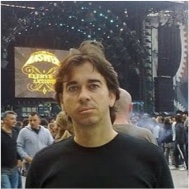
Dr. Juan José Palacios

Associate Professor of Condensed Matter Physics at the Autonomous University of Madrid (UAM)
PhD in Physics in 1993 at the Autonomous University of Madrid and post-doctoral fellow at the National Research Council of Canada, Indiana University (USA), and Kentucky University (USA). In 1999, he became Associate Proffessor of Condensed Matter Physics at the University of Alicante. Since 2009, he has been Associate Proffesor of Condensed Matter Physics at the Autonomous University of Madrid.
Juan José Palacios has a broad experience in Condensed Matter Physics. His current research interests are mostly related to the physics of graphene, topological insulators, molecular electronics, and nanoelectronics. He developed a pioneering research project related to first-principles calculations of quantum transport; in this framework, he developed a number of codes that are distributed free of charge under the denomination ANT (Atomistic NanoTransport).
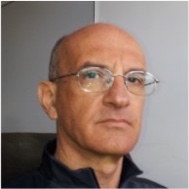
Prof. José María Soler

Cathedra at Universidad Autónoma de Madrid.
PdD in Physics at the Autonomous University of Madrid (UAM) in 1984. After his post-doctoral studies at IBM Research Laboratories in Zürich and Yorktown Heights, Soler returned to Universidad Autónoma de Madrid where he holds a Cathedra in Condensed Matter Physics.
His research has been both in the development of methods for electronic structure calculations, such as SIESTA, and the use of all those methods that are used in simulations of various materials, from surfaces to nanowires, polimers and DNA.
J. M. Soler has published more than 120 scientific articles and has received, in average, more than 100 quotations per article.
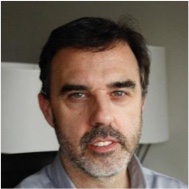
Prof. Francisco J. Garcia Vidal

Professor of Condensed Matter Physics at the Autonomous University of Madrid (UAM)
Garcia-Vidal received his master’s degree in Physics (1988) and his Ph.D. degree in Physics (1992) from UAM. From 1994 to 1996 he was a post-doctoral staff researcher at the Imperial College of London, working in the group of Prof. Sir John Pendry, where he began to work in the field of Plasmonics. Since 1997 he has been associated with the Universidad Autonoma de Madrid, first as an associate professor and since December 2007 as a full professor. Since 2013 he is also Director of the Condensed Matter Physics Center (IFIMAC) at UAM.
Garcia-Vidal and his group has made internationally recognized contributions in different areas within Plasmonics as: Surface Enhanced Raman Scattering, theoretical explanation of the phenomenon of extraordinary transmission of light through subwavelength apertures, non-linear phenomena associated with surface plasmon excitation, control of propagation of surface plasmons in structured surfaces and light waveguiding using surface plasmons. During this time, his group has also developed different numerical and theoretical techniques able to deal with the complex electromagnetic fields emerging in Nanophotonics. Among them we could cite: modal expansion, transfer matrix techniques, finite difference time-domain methods, multiple multipole method and Green’s function techniques. Garcia-Vidal has published more than 200 articles in international journals and has given over 80 invited talks in international conferences. Garcia-Vidal’s articles have received more than 12.800 citations (ISI Web of Knowledge) and his Hirsch factor is 51. He has been recently included in the list of the 140 most influential physicists of the decade 2002-2012 elaborated by Thomson Reuters.
Collaboration Network
Simulation Software Code Developer. Google scholar
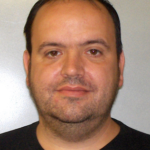
He got his Ph.D. in theoretical and computational chemistry in 2006 at the Universitat Autònoma de Barcelona. He got postdoctoral positions at École Normale Supérieure de Lyon in 2007 and at Computer Chemie Centrum and Cluster of Excellence Engineering of Advanced Materials in 2009. He was visiting researcher at the Laboratoire de Catalyse en Chimie Organique – Université de Poitiers in 2008, 2010 and at the Institute de Chimie des Milieux et Matériaux de Poitiers – Université de Poitiers. He got a Torres Quevedo Fellow in ICIQ – Institut Català d’Investigació Química. Researcher and teaching assistant in Centro de Química e Bioquímica – Universidade de Lisboa. In 2017, Adrià Gil Mestres started as GIPUZKOA Fellow in CIC-nanoGUNE where he is doing his independent research.
 SIESTA-PRO collaborator of SIMUNE at Centro de Física de Materiales – CSIC-UPV/EHU.
SIESTA-PRO collaborator of SIMUNE at Centro de Física de Materiales – CSIC-UPV/EHU.
Linkedin
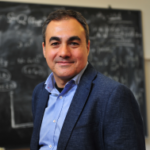 Head of the Modelization and Simulation group at Centro de Física de Materiales CSIC-UPV/EHU, Donostia-San Sebastián.
Head of the Modelization and Simulation group at Centro de Física de Materiales CSIC-UPV/EHU, Donostia-San Sebastián.
PhD in Condensed Matter Physics in 1998 at the Universidad Autónoma de Madrid, research associate in 1999-2001 at the Physics Department, University of Illinois at Urbana-Champaign, USA and Ramón y Cajal Fellow in 2002-2005 at Centro de Física de Materiales (CFM) CSIC-UPV/EHU in Donostia-San Sebastián, Spain. In 2005 he became a Tenured Researcher at CFM CSIC-UPV/EHU where he has developed his career ever since, becoming a Research Professor in 2018. He was elected Fellow of the American Physical Society for his contribution to the development of methodologies for electronic structure calculations in 2016.
His expertise and research interest cover the methodology of DFT based first-principles electronic structure calculations and their application to the study of nanostructures and surfaces. He is currently focused on the study of the electronic properties of covalent molecular networks and graphene nanostructures on surfaces in collaboration with several experimental groups, and the application of TDDFT and other first-principles techniques to problems in nanoplasmonics and ultrafast electron dynamics at surfaces. He has published over 160 scientific papers with quite a large impact.
Research ID: https://www.researcherid.com/rid/E-5858-2010
Web: https://cfm.ehu.es/team/daniel-sanchez-portal/
SIESTA-PRO collaborator of SIMUNE at Centro de Física de Materiales – CSIC-UPV/EHU.
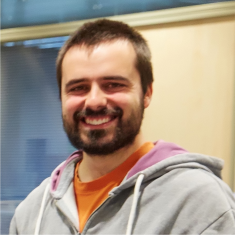
Currently, the main areas of interest in Pablo Aguado-Puente’s work are ferroelectricity and thermoelectricity. Pablo Aguado-Puente received his PhD in Physics by the University of Cantabria (Spain) in 2011 for his work on screening mechanism of ferroelectric thin films. From 2013 to 2017 he worked as a Postdoc in the groups of Prof. Emilio Artacho (CIC NanoGUNE and DIPC) and Prof. Ivo Souza (University of the Basque Country) studying the coupling between ferroelectricity and 2D electron gases as well as magnetoelectric phenomena in bulk materials. Since 2017 he is a Research Fellow at Queen’s University Belfast working on methods for the calculation of the electronic structure of thermoelectric materials.
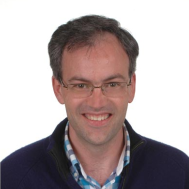
Associate Professor at the University of Cantabria
Javier Junquera got his BS. degree at the Universidad de Oviedo (Spain) in 1996. He moved to the Universidad Autónoma de Madrid, where he received his Ph.D. in 2001 under the supervision of Prof. P. Ordejón and E. Artacho. After a two year postdoc at the Université de Liège (Belgium; 2001-2003) working with Philippe Ghosez and one year postdoc at Rutgers University (New Jersey, USA; 2003-2004) in Karin M. Rabe’s group, he joined the Universidad de Cantabria as a Ramón y Cajal fellow. He was promoted to tenure in 2010. His most important methodological work is the contribution to the development of the SIESTA project (https://www.icmab.es/siesta). In particular, he was in charge of the development of a method to optimize automatically the quality of the basis set.
He has specialized in the study of ferroelectric size effects in nanostructures. He has contributed to put back in the forefront of fundamental research the role of the depolarizing field in ferroelectric thin films and predicted the formation of domains of closure in ferroelectric ultrathin films and superlattices. He has also set the standards for the computation of band offsets and Schottky barriers from first-principles.
Right now, he is involved in the development of “second-principles” methods. The goal is to achieve simulations of tens of thousands of atoms at operating conditions (finite temperature), describing the coupled dynamics of ions and relevant electronic degrees of freedom, and accessing scales and physical phenomena that have never been investigated so far with atomistic details and first-principles accuracy.
SIESTA-PRO collaborator of SIMUNE at Universidad de Cantabria
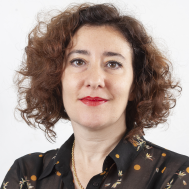 Associate Professor, Chemistry Department and Debye Institute for Nanomaterials Science, Utrecht University
Associate Professor, Chemistry Department and Debye Institute for Nanomaterials Science, Utrecht University
Since July 1st, 2020, Zeila Zanolli joined Utrecht University as associate professor in Quantum Chemical Modelling at the Chemistry Department/Debye Institute for Nanomaterials Science. Until then (2018 – 2020) she was a Ramon y Cajal Fellow at ICN2, Barcelona (Spain), an excellence program of the Spanish Ministry for Economy, Industry and Competitiveness (MINECO). In 2016 – 2018, she leaded the Nanospintronics Group at the Physics Dept of RWTH Aachen University, funded by the DFG. In 2015 – 2012 she was Marie Curie Intra-European Fellow at Forschungszentrum Jülich (Germany). She is a research group leader and Steering Committee member of the European Theoretical Spectroscopy Facility (ETSF). In 2018 – 20, Dr. Zanolli served in the Executive Committee of the MaX (MAterials design at the eXascale) European Centre of Excellence which enables materials modelling, simulations, discovery and design at the frontiers of the current and future High Performance Computing (HPC), High Throughput Computing (HTC) and data analytics technologies. Since 2019 Dr. Zanolli serves in the Editorial College of SciPost Physics, a Free Open Access publication portal. In 2017 she was elected Fellow of the Young Academy of Europe (YAE), a pan-European network of scientists active in science policy, and since 2018 she is board member and treasurer of the YAE.
Her research focuses on first-principles (ab initio) modeling of nanoscale materials, with special focus on quantum materials and topological matter, for applications in nanoelectronic and spintronic devices. The investigation of the electronic and magnetic properties is performed using ground state and beyond ground-state (GW approximation, Bethe-Salpeter equation) Density Functional Theory techniques. Non-Equilibrium Green’s Function is used to model time dependent phenomena, such as spin-polarized quantum transport and time-dependent photoluminescence. The investigated systems include 2D materials, carbon-based nanostructures (carbon nanotubes, monoatomic carbon chains, graphene, …), hybrid organic-inorganic materials, III-V semiconductor nanowires, multiferroics.
TOCHA project collaborator.
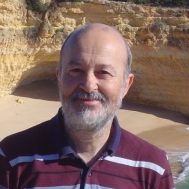 Professor at the “Universidad Autonoma de Madrid”
Professor at the “Universidad Autonoma de Madrid”
Fernando Martín García got his degree in “Quantum Chemistry” in 1984 and Theoretical Physics in 1986 in the “Universidad Autónoma de Madrid”. He completed the PhD in the same university in 1986. Afterwords, he made postdocs in the “Université de Bordeaux I” (1988), “Université de Paris VI” (1989-1990) and in the University of Chicago (1995-1996). He has been associate professor at the “Universidad Autónoma de Madrid” since 1993 until 2005 and, since then, full professor.
His research work focused mainly in (i) theoretical and computational modelling of photoexcitation and photoionization processes in atomic and molecular systems induced by synchrotron radiation and ultrashort pulse laser (fetmo- and attoseconds) and in (ii) studying the theoretical properties of nanomaterials. He directed 10 doctorate thesis and published more than 300 articles in journals such as Science and Nature. In the year 2000 he received the “Premio nacional de Investigación Rey Juan Carlos I”, in 2010 the “Real Sociedad Española de Química en Química Física” award and in 2011 the Advanced Grant XCHEM del European Research Council.
SIMUNE collaborator within the XChem project.
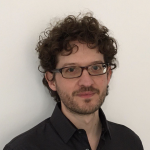 Eros Innocenti graduated cum laude in Computer Engineering from Guglielmo Marconi University, Rome, Italy, in March 2020. He is currently a Ph.D. student at the same University. His main research topics are people detection, recognition and tracking using machine learning and deep learning techniques. Further research includes also the integration of the Internet of Things and computer vision systems in the field of edge computing. Eros Innocenti has been working as an IT Consultant and Software Developer since 2008, when he founded N.T.I. (https://www.newtechweb.it). In 2020 he took the State Exam becoming a professional engineer enrolled in Section A of the National Council of Italian Engineers (CNI).
Eros Innocenti graduated cum laude in Computer Engineering from Guglielmo Marconi University, Rome, Italy, in March 2020. He is currently a Ph.D. student at the same University. His main research topics are people detection, recognition and tracking using machine learning and deep learning techniques. Further research includes also the integration of the Internet of Things and computer vision systems in the field of edge computing. Eros Innocenti has been working as an IT Consultant and Software Developer since 2008, when he founded N.T.I. (https://www.newtechweb.it). In 2020 he took the State Exam becoming a professional engineer enrolled in Section A of the National Council of Italian Engineers (CNI).
Become a collaborator
If you have scientific career in materials-related simulations and would like to collaborate with SIMUNE, please, do not hesitate to contact us.
Have any questions?
We are happy to hear from you. We adjust our support to meet the users requirements and provide solutions to their specific problem.
Would like to try ASAP trial?
Make a request.
